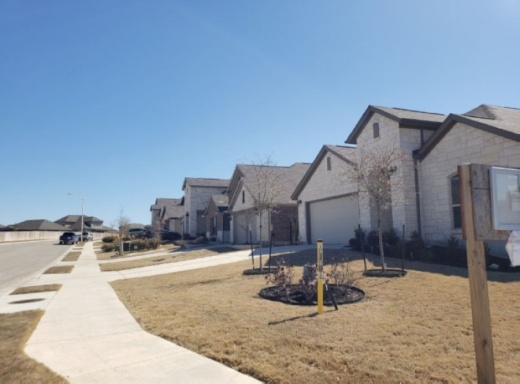“The Austin-Round Rock MSA is one of the fastest growing in the country, people want to live here, and job creators see opportunity to be successful here,” ABoR President Susan Horton said in a news release. “Our housing market is undergoing growing pains and creating a paradox—affordable from the outside looking in, but increasingly unaffordable for those who already call Austin home. While more homes are selling than ever before, it’s more and more difficult to find one.”
In Leander, residential sales decreased 27.1% year over year. However, median prices in the area continue to rise, increasing 46.7% year over year to $423,495. Leander also was reported to have 0.2 months of housing inventory, the report said.
For Cedar Park, residential sales increased 2% year over year. The median prices in the area continue to rise, increasing 34.8% year over year to $489,000. Cedar Park also was reported to have 0.3 months of housing inventory, the report said.
Across the five-county metropolitan statistical area, home sales increased 13.1% year over year to 3,603—a record for March. At the same time, active listings plummeted 78.3% to 1,202 listings, keeping housing inventory at a record-low 0.4 months of inventory, or 1.4 fewer months than in March 2020.
Jim Gaines, an economist at the Real Estate Research Center at Texas A&M University, stated in the release that rapid home price growth and shrinking housing inventory levels are impacting housing markets across major metros in Texas and nationally.
"While Austin leads the state in home price growth, this trend is also happening in Houston, Dallas-Fort Worth and San Antonio due to high demand and limited housing supply,” he said in the release. “For a market that has experienced several decades of strong population and employment growth, significant gains in both sales activity and housing costs across the region are to be expected as Austin expands into a large metropolitan area.”





